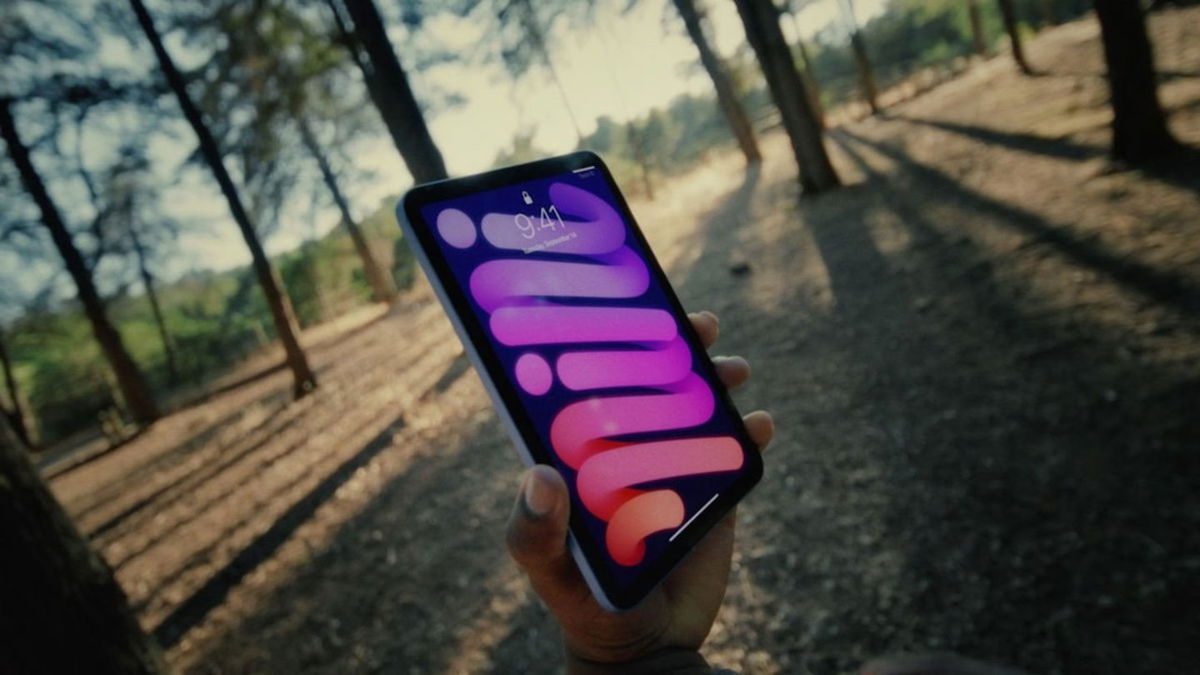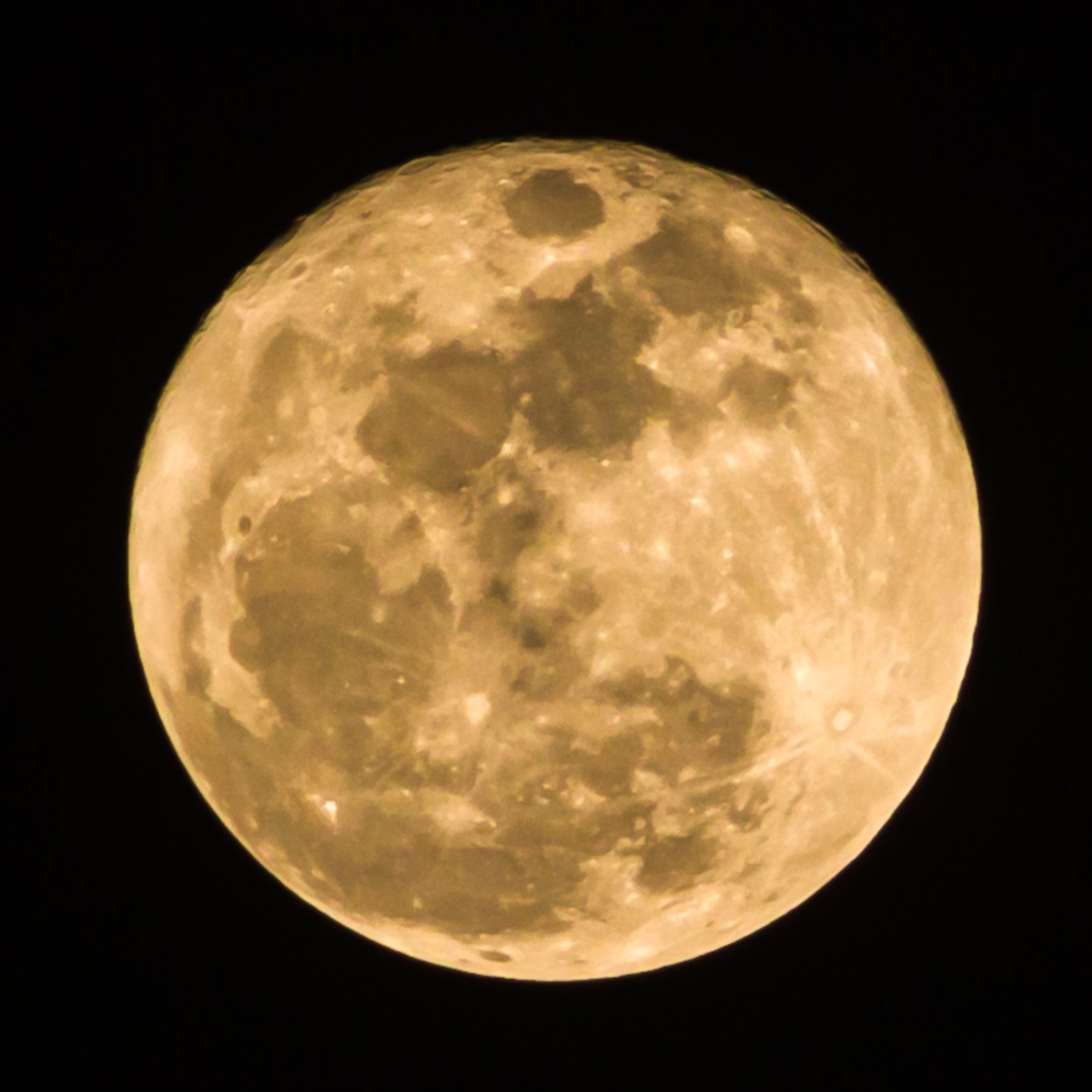The Super Moon phenomenon is a treat for those watching the night sky. It will take place in a special way next Friday, September 29th. In addition to being the fourth consecutive supermoon of the year, it will also be the last. When the full moon appears in the sky on the eve of the “show”, it will be accompanied by Mercury, as well as Jupiter and Saturn, the two largest planets in the solar system.
It is clear that the term Supermoon, coined by an astrologer named Richard Nolle in 1979, has no scientific meaning. However, some astronomers adopt and begin to use this terminology when the distance of our natural satellite from the Earth is less than 360 thousand kilometers, while others adopt the parameter 10% closer than the average.
In fact, the physical intimacy that occurs during supermoons The lunar disk has 30% more brightness and is 14% more visible when observed from Earth than on “normal” full moons.. These details may be overlooked by those unaccustomed to observing the night sky, but they are fascinating to experienced moongazers.
It travels in an elliptical orbit relative to the Earth, The Moon has two extreme points of approach to our planet, called apogee and perigee. The former describes the location of greatest distance from Earth, while perigee corresponds to closest approach. When this occurs during a Full Moon, the Super Moon phenomenon occurs.
At its peak, The Moon reaches a distance of 405 thousand kilometers from the Earth, This drops to approximately 362 thousand kilometers during perigee.
How to observe Super Moon?

The ideal place to observe the night sky should be dark and quiet enough not to interfere with the experience., It is away from trees, buildings and street lights, as well as having a good view of the horizon. The Supermoon is visible to the naked eye, but if you use binoculars or a simple telescope you can see striking details of the illuminated lunar surface..
Anyone who wants to record this phenomenon to share on social media needs to use a camera or mobile phone with optical zoom and a tripod to avoid shake. This month is called the Harvest Moon in the Northern Hemisphere. takes on an orange color on the horizon, In addition to adding an element such as a tree or mountain to the foreground to highlight the size of the star, you can adjust the white balance to get a better effect.
According to NASA, the Supermoon will appear shortly after sunset on September 28, but It will only reach its peak brightness in the early hours of September 29, around 4:58 a.m. This is the best time to observe and record the natural scenery.
Follow the year’s major astronomical events on TecMundo. If you wish, take the opportunity to learn what the solar eclipse in October will be like.
Source: Tec Mundo
I’m Blaine Morgan, an experienced journalist and writer with over 8 years of experience in the tech industry. My expertise lies in writing about technology news and trends, covering everything from cutting-edge gadgets to emerging software developments. I’ve written for several leading publications including Gadget Onus where I am an author.












